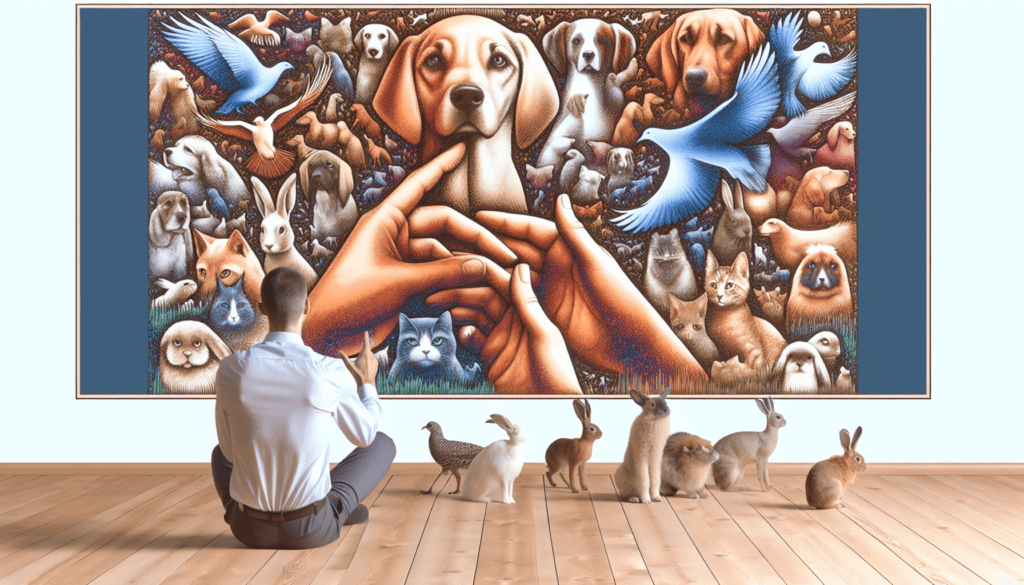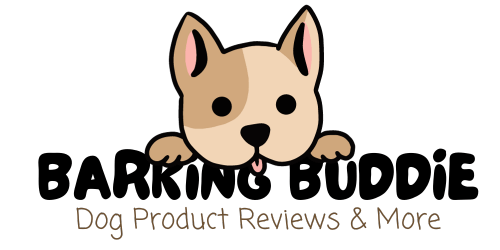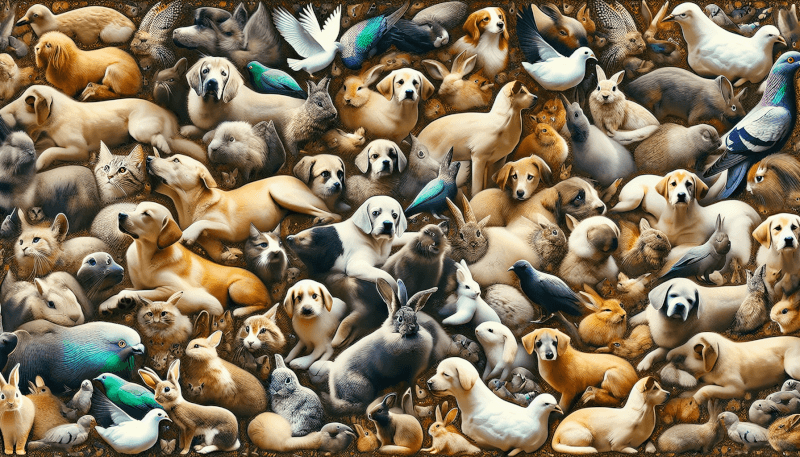Have you ever wondered how to build strong alliances between dog community groups and other animal organizations? In this article, we will provide you with valuable tips and strategies to foster collaboration and create a harmonious relationship among these different entities. By following these suggestions, you will be able to enhance the well-being of animals in your community and work together towards a common goal of providing them with the care and support they deserve. Whether you are a dog lover, an animal advocate, or someone who simply wants to make a difference, these tips will help you build effective alliances and make a positive impact in your community.
Identify Shared Goals
When building alliances with other animal organizations, it is crucial to start by identifying shared goals. By doing so, you can ensure that everyone is working towards a common objective and increase the likelihood of a successful partnership. Take the time to discuss and understand each other’s common objectives, whether it’s promoting animal welfare, finding homes for stray animals, or advocating for animal rights.
Highlighting similarities in mission and values is another important step in identifying shared goals. By understanding the values and beliefs that drive each organization, you can find areas of overlap where collaboration can occur. This shared mission and values will serve as a foundation for your partnership and help guide your collective efforts.
Establish Communication Channels
Effective communication is essential for any successful alliance. Creating a contact list that includes key individuals from each organization enables efficient communication and ensures that everyone is on the same page. This contact list should include names, email addresses, phone numbers, and any other relevant contact information.
In addition to maintaining regular communication through email and phone, it is also crucial to schedule regular meetings. These meetings can take place in person or virtually, depending on everyone’s availability, and provide an opportunity to discuss progress, address challenges, and plan future collaborations.
Utilizing online platforms for collaboration is another excellent way to enhance communication channels. Platforms like project management tools or shared document platforms can help streamline communication and enable real-time collaboration on joint projects.

Collaborate on Events
Organizing joint adoption events is a fantastic way to collaborate and increase the chances of finding forever homes for animals in need. By pooling your resources and combining forces, you can reach a wider audience, attract more potential adopters, and create a more vibrant and exciting adoption event.
In addition to adoption events, working together to organize fundraisers can be a mutually beneficial way to support each other’s work. By sharing the workload and leveraging each organization’s networks, you can maximize the impact of your fundraising efforts and raise more funds for the animals in your care.
Educational workshops are another area where collaboration can flourish. By coordinating workshops together, you can pool your expertise and provide a more comprehensive and engaging learning experience for the community. Sharing knowledge and resources helps build trust and credibility within your community and empowers individuals to make informed decisions regarding animal welfare.
Foster Personal Relationships
Building personal relationships among the staff and volunteers of different animal organizations is essential for successful alliances. Attending each other’s events is a great way to show support and help establish these personal connections. By showing up at events hosted by other organizations, you demonstrate your commitment to the larger goal of animal welfare and build rapport with individuals from different backgrounds.
In addition to attending events, scheduling social gatherings can provide a relaxed and fun environment for staff and volunteers to connect on a more personal level. These gatherings can be as simple as a potluck dinner or a picnic in the park. The goal is to create a space where individuals from different organizations can bond, share stories and experiences, and strengthen their personal connections.
Another way to foster personal relationships is through the exchange of volunteer and staff resources. By allowing volunteers and staff members to spend time at each other’s organizations, you can promote cross-pollination of ideas and create a sense of camaraderie among the animal welfare community.

Support Each Other’s Initiatives
Supporting each other’s initiatives is a key aspect of building strong alliances. One way to do this is by promoting each other’s campaigns. By leveraging your networks and sharing information about each other’s initiatives, you can increase visibility and support for the causes you care about.
Sharing resources and knowledge is another important way to support each other’s initiatives. Whether it’s sharing training materials, educational resources, or best practices, the exchange of information can help improve the effectiveness of both organizations and create a more cohesive animal welfare community.
Furthermore, providing mutual referrals can be a powerful way to support each other’s initiatives. If one organization cannot address a specific need or request, referring individuals to another trusted organization ensures that the animals in their care receive the help they need. This mutual support builds trust and credibility within the community and creates a stronger network of animal welfare organizations.
Advocate for Legislation
Advocating for legislative changes that benefit animals is a shared goal among many animal organizations. By combining efforts, you can have a more significant impact and increase the likelihood of success. Working together to lobby for legislative changes ensures that your collective voice is heard by policymakers and increases the chances of enacting positive change.
Supporting legislative initiatives that benefit animals is another crucial aspect of advocacy. By staying informed about proposed legislation and actively supporting those that align with your shared goals, you can create a more favorable legal environment for animals.
Sharing best practices for advocacy is also important for building effective alliances. By exchanging strategies, tactics, and successful campaign experiences, you can enhance the effectiveness of your advocacy work and amplify your voices collectively.

Create Joint Marketing Strategies
Marketing plays a vital role in raising awareness and support for animal organizations. By developing cross-promotional campaigns, you can leverage each other’s networks and reach a broader audience. These campaigns can be co-branded and highlight the collaboration between organizations, showcasing the collective effort to make a difference.
Creating co-branded marketing materials further enhances the visibility and credibility of your alliance. By featuring both organizations’ logos and branding, you strengthen the perception that you are working together towards a common goal. Use various mediums, such as social media, print materials, and online ads, to maximize the reach and impact of your joint marketing efforts.
Leveraging social media platforms is essential in today’s digital age. By coordinating your social media strategies and cross-promoting each other’s messages, you can amplify your reach and engage with a wider audience. This collaboration helps increase awareness of your organizations and the issues you are working on, ultimately benefiting the animals you strive to help.
Share Training and Education Resources
Continuous learning and development are essential for any effective animal organization. By exchanging training manuals and materials, you can share knowledge and expertise, ensuring that both organizations are equipped with the necessary skills to provide the best care for animals.
Collaborating on educational programs is another way to share training and education resources. By pooling your resources and expertise, you can develop comprehensive and impactful programs that benefit the community at large. These educational programs can cover various topics, including responsible pet ownership, animal welfare laws, and proper animal care.
Offering joint training sessions is another valuable way to maximize your resources and provide quality training opportunities. By inviting experts from each organization to contribute to training sessions, you provide a well-rounded learning experience and expose participants to diverse perspectives and approaches.

Collaborate on Rescue Operations
During emergencies and rescue operations, collaboration becomes even more critical. By coordinating your efforts, you can minimize duplication of resources and ensure a more efficient and effective response to the crisis at hand. By sharing information, resources, and expertise, you can enhance the outcomes of rescue operations and make a significant difference in the lives of animals in need.
Sharing foster home networks is particularly beneficial during rescue operations. By opening your foster home networks to each other, you can increase the capacity to care for displaced animals during emergencies and ensure that every animal has a safe place to go.
Assisting with the transportation of animals is another area where collaboration can enhance rescue operations. By sharing transportation resources, you can ensure that animals are safely transferred to appropriate facilities or foster homes, even if the distances are significant.
Establish Mutual Volunteer Programs
Volunteers are the lifeblood of animal organizations, and establishing mutual volunteer programs can bring numerous benefits. By implementing joint volunteer training, you ensure that volunteers are equipped with the necessary skills and knowledge to assist both organizations effectively. This joint training can cover a range of topics, including animal handling, adoption procedures, and event management.
Sharing volunteers for events and operations also allows you to maximize your resources and provide the best possible experience for animals and community members alike. By collaborating, you can leverage each other’s volunteer networks, ensuring an ample supply of dedicated individuals who are passionate about animal welfare.
Recognizing and rewarding shared volunteers further strengthens and motivates your volunteer base. By acknowledging their contributions and showing appreciation for their hard work, you create a positive and inclusive environment that encourages continued engagement and dedication to your shared goals.
By following these tips and implementing the strategies outlined above, you can build strong and successful alliances with other animal organizations. Together, you can make a more significant impact on animal welfare, create a supportive network, and work towards a shared vision of a better world for animals.



